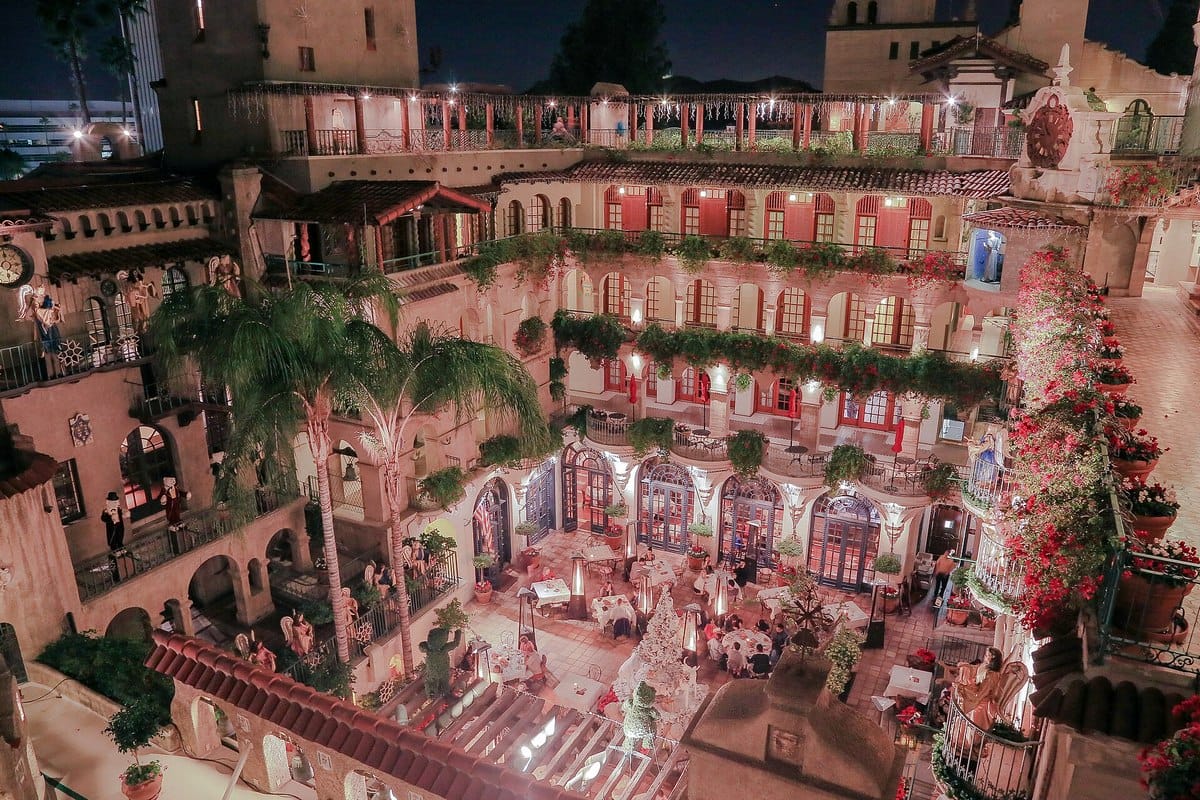Born in Riverside, Calif., Roberts’ father owned Butcher Boy Food Products, a restaurant meat supplier. One of their customers was a one-outlet burger shop in San Bernardino which took on the name McDonald’s. Another growing southern California burger chain, In-N-Out, processed their own beef (still does), so Roberts, who joined the family business as a teen, tried to sell them BBQ beef. That chain’s founder, Harry Snyder, “told me then, he would never change his menu. But he did give me a lead to a competitor, Mel’s Drive-In.” That lead brought in huge sales. Trying to figure out how to grow sales, which were stuck at about $1 million annually, Roberts was chatting with one of the company’s butchers, who was of Mexican descent. The butcher suggested they sell burritos. “I loved Mexican food, but I had no idea what a burrito was,” Roberts said years later. It was 1956, and all he knew, like most Americans, were tacos and enchiladas. (“I was 19,” he explained.)

Roberts liked the idea, but to make them more suitable to the restaurant supply business, he came up with an innovation: he froze them, thus making him the inventor of the frozen burrito. Perfecting the recipe took only two days, and then he switched to sales mode. “We had blast freezers for our barbecue beef so we could transport it all over,” he said. “So, I’d take my burritos on the road, and go into restaurants and give them my sales pitch. I put them in the fryer, and everyone thought it was fantastic.” Company sales quickly broke the million-dollar barrier — and had to build more processing plants to make the burritos. “It was a beef and bean burrito with red chili powder. Later, I brought in green chili.” With the profits, he bought other Mexican restaurant suppliers. By the time he sold Butcher Boy in 1980, “The business had grown to an $80 million a year company” — and was making a million frozen burritos per day. The company had grown from one plant with 60 employees to six plants with 1,400 employees. And the frozen burrito is still a staple of American lunches and snacks today.
But Roberts quickly grew restless, started another food company, and then sold that one, too. “It’s like my father always said,” he said. “You want to buy when everybody else is selling. And you want to sell when everybody else is buying.” Flush with cash Roberts started looking at the crown jewel of Riverside: the Mission Inn, a hotel considered to be the largest Mission Revival Style building in the United States. He had played there as a youngster, and knew it well. Chemical Bank had agreed to finance a $50 million renovation of the Inn in 1985. Just before the project was finished, the borrower failed and Chemical foreclosed — in the middle of a blistering real estate recession in southern California.
And here came Roberts, who wanted to buy when everybody else was selling. He practically stole the place: the agreed sales price was $15.6 million, but the bank accepted a mere $1.2 million down payment. The Riverside redevelopment agency, which had tried to run the hotel itself for 9 years, but couldn’t make a profit, threw in $2 million …and Chemical even paid the agency back. A museum agreed to lease space in the Inn for 30 years, paying $1.3 million up front. Chemical financed $11.7 million, agreeing that Roberts didn’t have to make any payments for the first year, and would pay interest only for the following two years. That was more than enough time to get the place reopened (in 1992) and profitable: the break-even point for the 240 guest rooms was a mere $74 per night, and the 30 suites went for well over that amount.

It’s a storied property: Richard and Pat Nixon were married there, in what is now known as the Presidential Lounge. Ronald and Nancy Reagan honeymooned there. Presidents Benjamin Harrison, William McKinley, Theodore Roosevelt, William Howard Taft, Herbert Hoover, John F. Kennedy, Gerald Ford, and George W. Bush all either stayed there, or visited. So did Susan B. Anthony, Henry Ford, Andrew Carnegie, John D. Rockefeller, Henry Huntington, Albert Einstein, Joseph Pulitzer, William Randolph Hearst, Hubert H. Bancroft, Harry Chandler, Booker T. Washington, Helen Keller, and John Muir. Plus countless movie stars, and even Harry Houdini. Movies, TV shows, and music videos have been filmed there. Not surprisingly, the Inn — now named The Mission Inn Hotel & Spa — is listed on the National Register of Historic Places. “It’s a heart-welling thing to own,” Roberts said. “Some [wealthy] people have sports teams, I have my Mission Inn.”
And if that entrepreneurial streak wasn’t enough, Roberts launched a gourmet Mexican restaurant, expecting to make it a chain — when he was 70. I couldn’t find out what happened to the chain concept, but there is still at least one Las Campanas still open, at the Mission Inn. Roberts never fully retired, nor did his wife, Kelly: she is still the Inn’s Chief Operating Officer. Duane R. Roberts died on November 1, three days before he would have turned 89.
